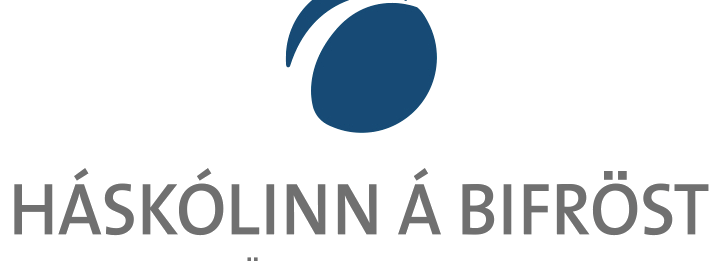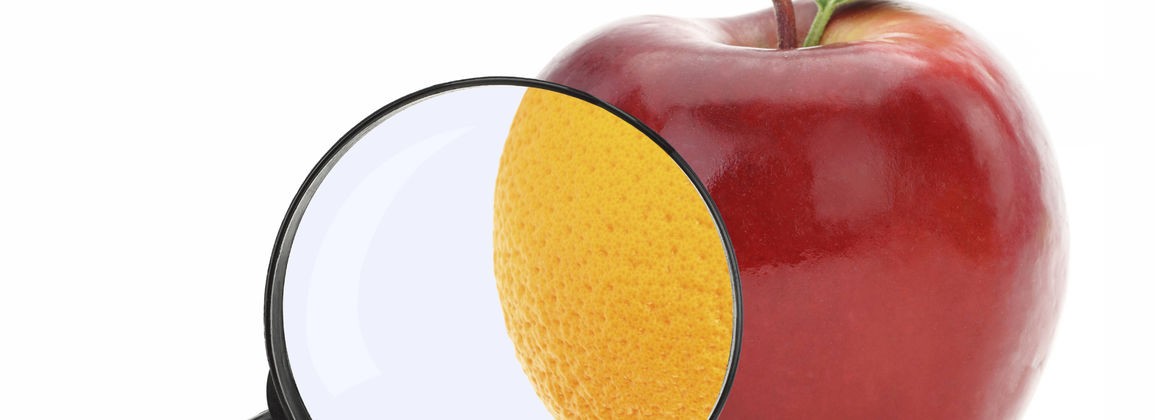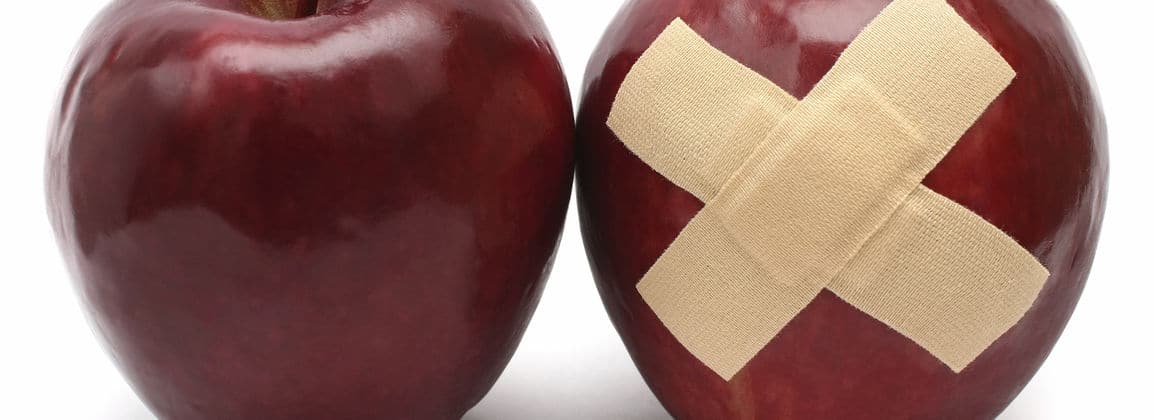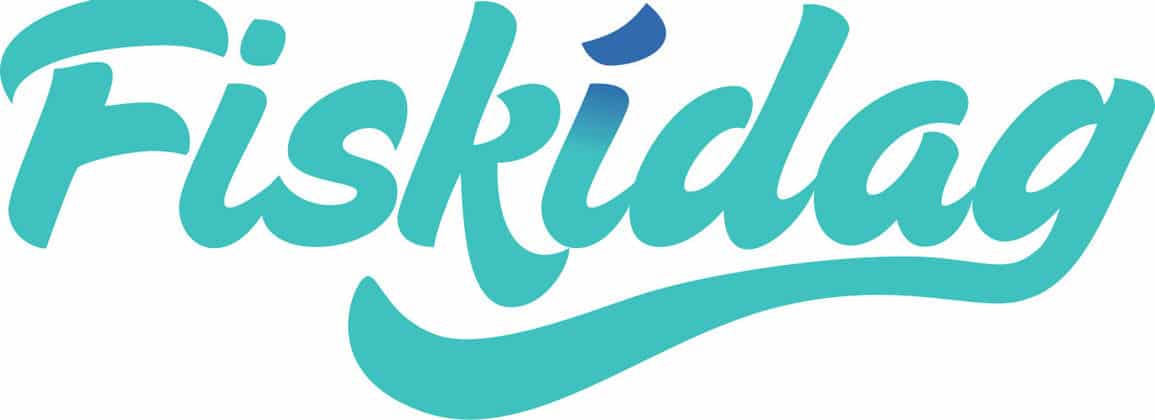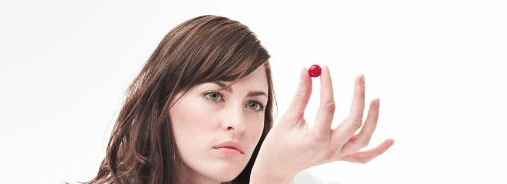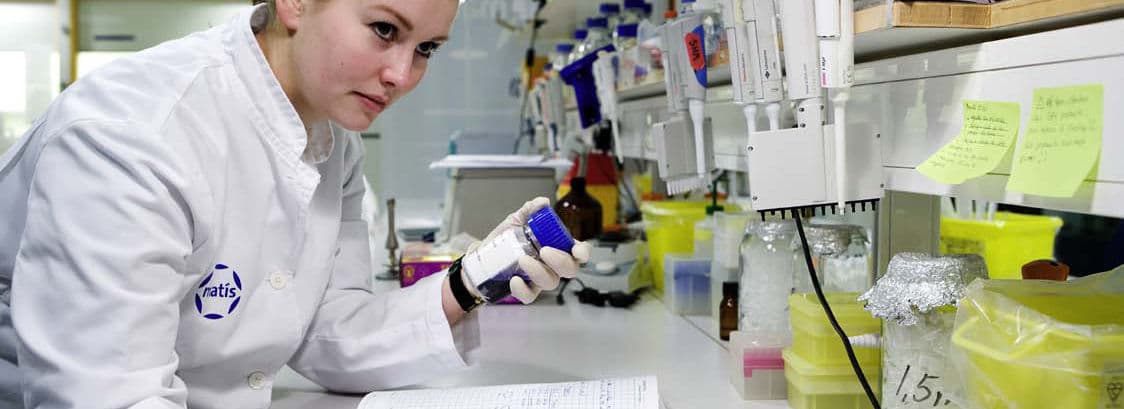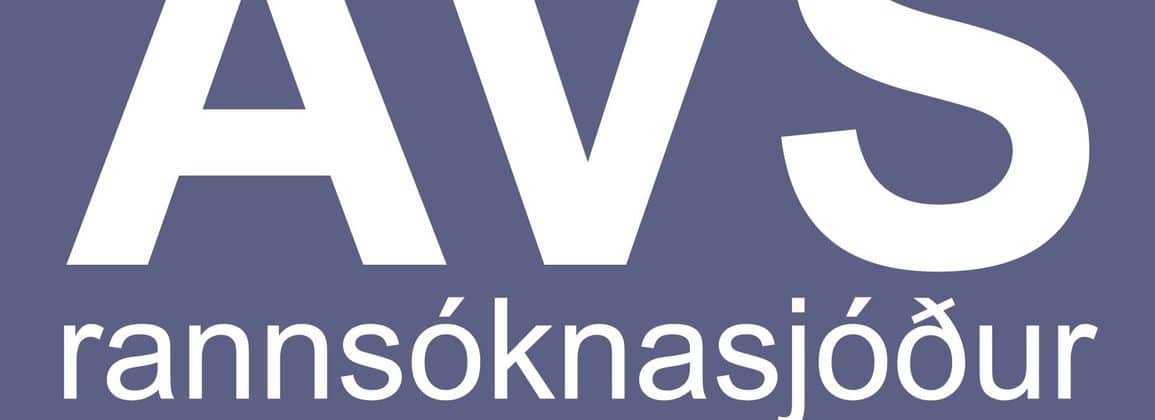Voices that consumers have accurate information about food are becoming more and more intense. Whether it is information on content, traceability or nutritional value, there are a large number of people, especially in Western societies, who consider themselves useful for such information.
But what is the value of the various information on food?
Technology is advancing in terms of data storage. The companies GS1 and Matís have collaborated on, among other things, food traceability, but within GS1 there is extensive knowledge, for example, of the possible uses of bar labels. Many people want to say that the bar codes can be used much better than they are today, and GS1 is working on just that. For example, in the near future it may be possible to scan barcodes to obtain information not only about the name or price of a product but also about the origin of the product, the process the product has gone through in production and transport, facilities and the minimum wage of production workers. of the product, how much the production and transport of the product polluted (eg carbon footprint), ingredients, allergens and intolerances or nutritional value?
If we specifically mention the origin and traceability of food, many Icelandic consumers have found it important to know where the food comes from or the raw materials used to produce it. Many also consider it important to be able to trace back all the steps of manufacturing, transporting and marketing a product, and some say that it is not possible to make an informed decision about purchasing a product until information on origin as well as traceability is available. The demand for this is becoming more and more intense, not least because of the consumer's demand that food is in every way safe for consumption and does not harm us.
The opportunities are great when it comes to food labeling and education about them
Several companies that Matís has worked well with are pioneering in bringing information about food to consumers. FooDoIt (for food do it) is one such. The employees of that company have used the Matís databases on the chemical content of food (ÍSGEM) to design a user-friendly program that can be used to retrieve information about almost any ingredient in food. Such information can be useful to many people, such as people with diabetes, people with intolerance or allergy to certain ingredients, people who want to cut sugar consumption with a nail (eg the low-carbohydrate diet) or those who want handy information about the energy content of foods that consumed. An experiment with such items was recently set up in Matís' canteen at Vínlandsleið 12 and employees received information about various things related to lunch that day. In the future, another experiment will be carried out where employees, if they wish, can use information from FooDoIt's programs and compare it with their needs and behavior patterns that day. In this way, for example, an honest attempt can be made to keep food consumption within the limits currently set by the body's energy metabolism or to supplement it if necessary; all specially designed for each one.
There are many more interesting things to look at, and smartphones and smartwatches come into play in many things that are being examined and tested.
Krónan has now, for the first time in Icelandic stores, set up a fun small program where you can scan all their products to get information about prices. The program also allows consumers to add products to their shopping list and find out what offers are going on, for example.
Recently, Matís came up with a suitable smartphone app for sailors. The purpose of this program is to give fishermen the opportunity to realize how much ice is needed to use the cooling of the raw material from the beginning, but this is a prerequisite for quality to remain completely at the consumer's table. Proper cooling at the beginning not only ensures quality and freshness, but also helps ensure that the food is safe to consume when placed on the plate. Information about ísAPP Matís can be found here.
It's fun to think about future possibilities in food information. For example, will it be possible in the near future to push a shopping cart through a so-called gate in supermarkets in this country where all products are scanned at once? With such a system, where there is a microchip in the product packaging, it would not be necessary to scan one product at a time, but all the products would be scanned in almost a fraction of a second when the shopping cart is pushed through this gate. It would then be possible to pay for the products with the smartphone, but smartphone payments have already become quite common in this country. Such a system could save significant time on grocery shopping trips and also allow stores to reduce the risk of theft.
Shopping carts with artificial intelligence
Whole Foods Market in the United States has experimented with special shopping carts where a scanner provides information about the product that is placed in the cart. This is of great benefit to consumers, as the purpose is to provide information on the various aspects of products, such as prices or intolerances and allergens, and how these products are suitable for the consumer who shops for food. In addition, you do not have to wait in line for an employee to scan the food, but go straight to the payment gateway to pay, for example, with a smartphone or transfer from the buyer's account. Videos about this experiment can be found here.
So in the future, consumers can connect to their refrigerators with a smartphone through a special app that provides information about the "status" of the refrigerator and what is needed to buy in the store?
The opportunities are endless and it's easy to let your imagination run wild!
In modern society, the demands are ever greater when it comes to food information. Icelandic food production is in many respects comparable to food production in other countries. However, there are opportunities to do even better and there are great opportunities in having information that consumers do not even know today that they could benefit from and enjoy. It can therefore be said that both food producers and consumers, and perhaps the health authorities, could benefit from an even greater flow of information from all stages of food production.
For more information Steinar B. Aðalbjörnsson and Sigríður Sigurðardóttir at Matís.


